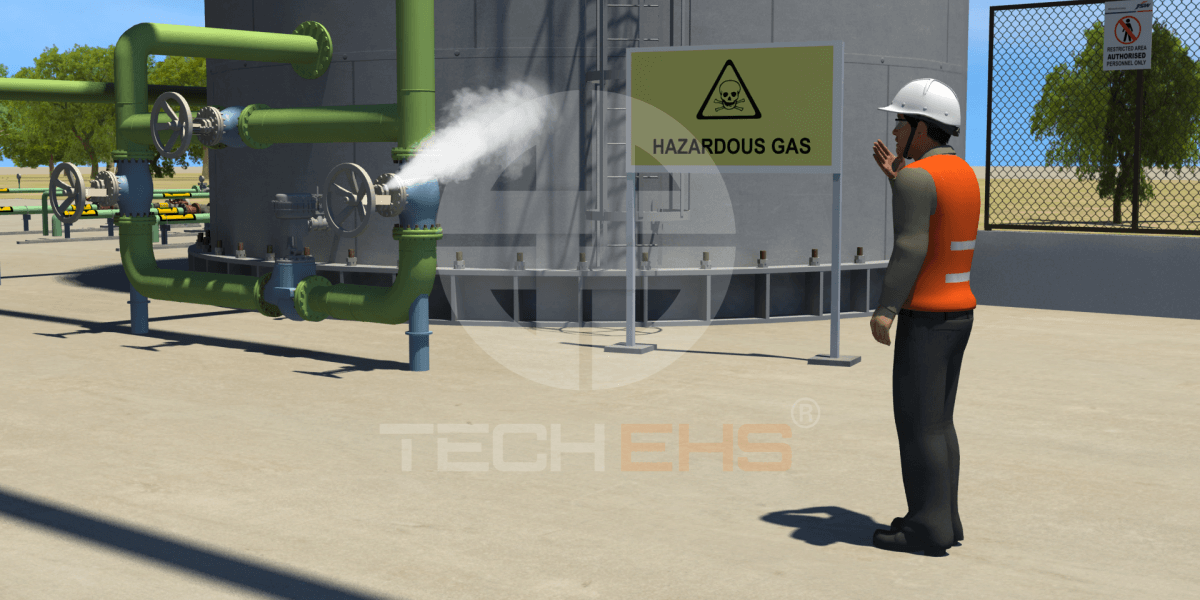
Table of Contents
Introduction
Imagine a workplace that faces hazards like;
This workplace is in the oil and gas sector. The stakes are high—not only for worker safety but also for environmental protection and operational continuity. Therefore, strict adherence to safety protocols is required to prevent incidents that may lead to severe injuries, fatalities, and significant financial losses.
So, how do you deal with employee training in such a workplace? The training must be in such a way that employees not only understand the safety protocols but also retain the information when required.
When we, as training experts, are called upon for EHS training or told to curate training videos, we understand the pros and cons of traditional training. Let us discuss them first.
Key Safety Protocols Explained Through Animation
Some safety protocols require crucial attention in the oil and gas sector. Here is how animation training can improve those protocols.
Conclusion
Animated safety training is valuable for the oil and gas industry. Animation videos address challenges in safety training and enhance safety processes. When you employ TECH EHS experts to curate animation training and safety process videos, you will engage employees through dynamic visuals and improve their knowledge retention.
Industry leaders are encouraged to adopt animated training solutions for their safety protocols to build a safer and more resilient workforce. By investing in modern, animated training tools, companies can foster a more robust safety culture, improve compliance, and reduce workplace hazards, ultimately protecting employees and operations in the oil and gas sector.



